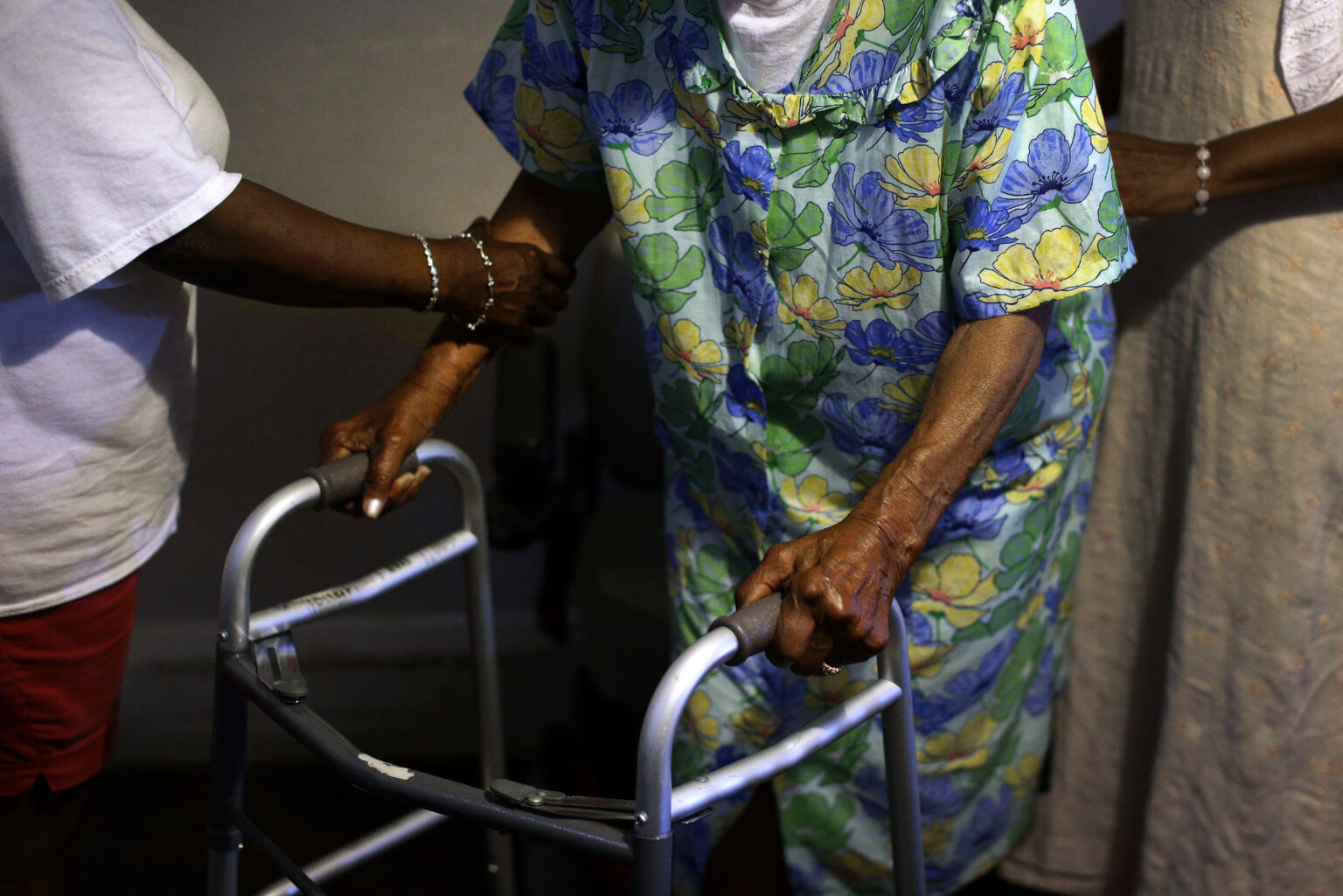
🔥 The Impact of Female Doctors on Healthcare — and the Burnout They Face
By Dr. Noemi Adame
Disclaimer: I have great respect for my male colleagues. No offense intended, gentlemen, but please bear with me as I dive into some real talk in this article.
Let’s examine the facts. With solid research and a candid perspective, we will explore the unexpected — and somewhat troubling — challenges that female physicians encounter today.
📊 The Compelling Statistics: The Female MD Edge
We all aspire to longer lives and better healing — and according to a growing body of evidence, female doctors may offer us an advantage. Here’s what the research indicates:
– Patients under the care of female doctors experience lower rates of mortality and readmissions (Annals of Internal Medicine, JAMA, and various meta-analyses).
– Female surgeons? They are linked to fewer complications after surgery and enhanced long-term survival. A study from Sweden highlighted fewer bile duct injuries during gallbladder surgeries performed by women.
In simpler terms: If your doctor is a woman, you have a better chance of navigating your hospital stay more safely and healthily.
Why does this phenomena exist?
💡 Potential Explanations:
– Female doctors often spend more time with patients.
– They tend to interrupt less and listen more attentively.
– Research shows they frequently adhere closer to clinical guidelines.
– They emphasize shared decision-making and patient autonomy.
However, hold off on dismissing your male physician just yet. To be clear: All doctors, irrespective of gender, possess unique strengths. The most important aspect is a trusting and enduring relationship between doctor and patient.
That said, if you have a female-identifying doctor who genuinely listens and collaborates with you — celebrate! You’ve found a treasure.
🧠 But Here’s the Unpleasant Reality
Providing excellent healthcare comes at a cost — and female doctors are bearing the burden.
🔥 Burnout Rates Are Alarmingly High
Numerous studies show that women in medicine face higher rates of burnout compared to their male counterparts. We’re talking emotional exhaustion, depersonalization, and diminishing purpose.
💻 EMR and Administrative Overload
Female primary care physicians receive 25% more incoming messages — from patients and staff alike — than their male counterparts. This results in longer hours and additional unpaid administrative burdens. This isn’t just a nuisance; it’s harmful to well-being.
⚰️ The Longevity Discrepancy
Here’s the shocking part: Although women in the general population tend to outlive men, female physicians exhibit similar — and in some cases worse — mortality rates than their male peers. This disparity is even more pronounced among female doctors of color.
💰 Corporate Medicine: A Flawed System?
Why aren’t these extra contributions being recognized, let alone compensated?
The current corporate medical environment prioritizes profit over people. Longer appointments lead to fewer patients and reduced billing opportunities. Female doctors who invest time may be penalized for “underproducing” based on RVUs (relative value units), disregarding the enhanced outcomes for patients.
➤ And let’s be honest: The notion that corporate medicine will suddenly value our time and emotional investment? I might as well be searching for a unicorn.
🏃♀️ A Shift Towards Independence? The Case for DPC
An increasing number of female physicians — myself included — are leaving corporate medicine behind. I opted for the Direct Primary Care (DPC) model five years ago, and I can’t see myself returning.
Here are some pathways away from traditional employment:
– Start or join a DPC or direct specialty care practice.
– Operate as an independent contractor — with legal guidance — while retaining hospital privileges.
– Cultivate a personal brand. That social media presence? It serves as leverage during negotiations.
But be cautious: independence isn’t a guaranteed solution. It comes with its own set of challenges, especially for women.
⚠️ From One Challenge to Another
Women doctors often struggle with ingrained tendencies toward people-pleasing, boundary-setting challenges, and self-neglect. When running your own practice, these habits don’t vanish — they may intensify.
Without a corporate safety net, you might encounter:
– Excessive patient demands.
– Blurred boundaries and constant availability.
– Emotional exhaustion due to over-accessibility.
And let’s face it: Female-identifying doctors often face greater emotional demands from patients, further complicating those boundaries.
💪 We Need More Than Just Grit
We require training, mentorship, and effective systems designed to assist women physicians in navigating independent practice in a sustainable way.
The DPC model is exceptional, but without clear boundaries and expectations, it may lead to swift burnout.
Take it from me — it took years of trials (and tears) to master how to:
– Refuse requests without guilt.
– Establish solid boundaries with patients.
– Assemble a team to realize my vision.
– Delegate routine tasks — even social media (Thanks, daughter!).
You can’t pour from an empty cup, ladies.